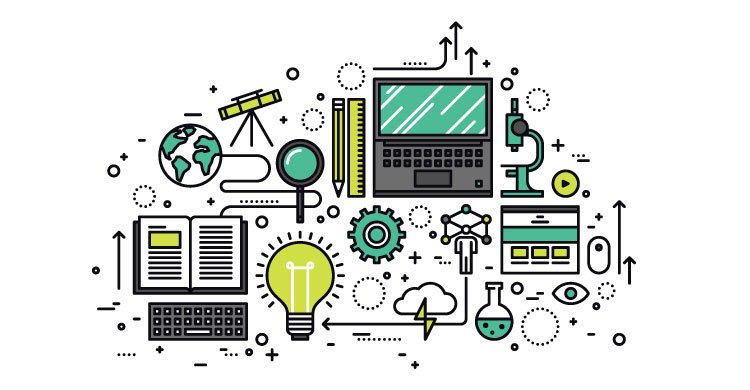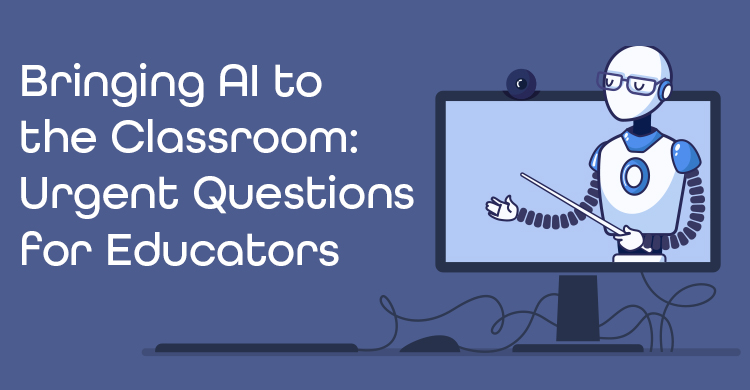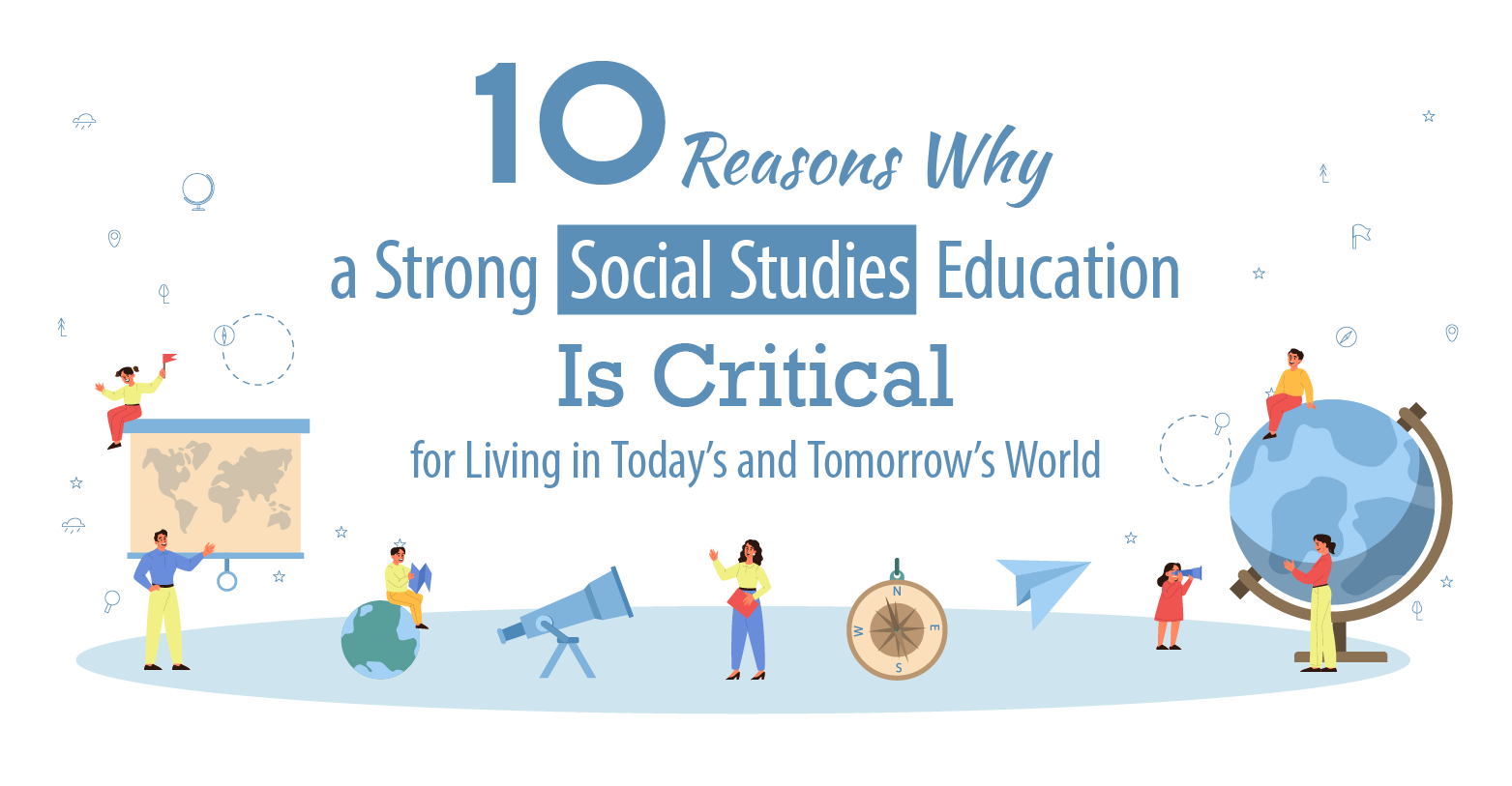I don’t read the latest fashion trends, but when it comes to educational technology, I want to make sure I agree with the trends and how they align with my work with educators and students. One of the trends is computer coding (coding) in K–12 schools. This is happening today with clever tutorials, gadgets, and special events like The Hour of Code, sponsored by the nonprofit Code.org. President Trump signed a memorandum for STEM education funding, which devotes at least $200 million per year for grant funds to be used by K–12 and postsecondary schools to expand access to science, technology, engineering, and mathematics (STEM) and computer science programs.
5 Tech Trends in Education this Year
The announcement from the White House fits right in with an article from The Journal: “Watch Out for Coding, Immersive Tech This School Year.” The International Society for Technology in Education (ISTE) has identified five technology trends for the 2017–18 school year. These trends include:
- Student will need to know the basics of computer science coding.
- Learning feedback will happen in real time.
- Virtual and augmented reality will reach the classroom.
- There will be a bigger push for media literacy to identify fake news.
- More conversations about digital citizenship will focus on being active global citizens.
Computer Science Coding
I agree with the ISTE article stating that coding is “the international language of problem-solving.” Yet few of our K–12 teachers are trained computer scientists, so how are we going to teach something we don’t know? The answer, I believe, is that we will not be the content experts in writing computer code; we are going to become the “facilitators of learning” and let our students teach us what they learn from online tutorials, gadgets, connecting with outside experts, and special events.
Our job as educators is to prepare our students for college and careers, and this is a perfect time to give up some control to students. We can empower them to persevere, solve real challenging problems, personalize their learning, think critically, collaborate, be creative, and become lifelong learners. In this blog post, the president is quoted as saying, “We will help give our American children a pathway to success in the workforce of tomorrow.” As we prepare students for an ever-changing, technology-rich future, the best gift we can give them is the opportunity to learn how to learn.
Real-Time Feedback
I had to learn a lot when I cooked up a plan with Sonya, a fantastic fifth-grade teacher, to facilitate The Hour of Code event with third- through fifth-graders. I found that timely and specific feedback was how I started to learn computer coding, but all of the feedback in the world did not help me get past nine of the twenty tutorials in The Hour of Code sequence. Upon reflection, to be successful, I needed a team to help talk through the tasks, but it was late at night without an expert in sight.
Sonya persevered longer than I did, and she made it through all the tutorials. Next, she proudly posted her certificate on Twitter. I was impressed! The next day, we told the students how we struggled and, after putting them in groups, we told them that we would try to help them but that all of them had to help each other. The Hour of Code started, and the last thing this group needed from us was help! They were so engaged that they didn’t notice the other teachers who had dropped into the room. The first group of students completed all twenty levels in fourteen minutes, and they then scattered around the room, becoming the experts. As they collaborated through the tutorials, each learner had immediate feedback that helped them persevere and be successful. By the end of the hour, every group except one was successful. The last group finished five minutes later.
Virtual and Augmented Reality
Even though I still confuse virtual and augmented reality, I know I can use my technology resources to learn more. I can watch videos on YouTube, I can Google key search terms, and I can find groups on Twitter to follow. This is the reality of learning today for our students, and we need to give them student voice and choice to explore what they are interested in.
I agree with the part of the article from The Journal in which they focus on the learning goal first before the technology tools. In most classrooms, the teacher determines the learning goal, the objective, and the path of the learning. In the real world of the future, our students will need to create their own learning paths and goals. They need experience exploring and researching topics that are of interest to them as they prepare for a future of virtual and augmented reality.
Media Literacy
On all types of technology devices, our students are consuming media inside and outside of the classroom—but do they know how to evaluate the messages? This specifically needs to be taught, starting with our youngest learners. “It must be true because it is on the internet” is not good enough for our students. Every educator is a teacher of media literacy, and lessons need to be woven throughout the school curriculum.
To prepare our students for the future beyond the classroom, they need to know how to evaluate sources carefully, but they also need to be creators of media. Using technology devices, students can create and share multimedia faster than most educators can select an app or a program to start creating. Students need experience creating and safely sharing messages, using all types of media, and (again) leading their own learning.
Digital Citizenship
The opportunity for more funding for STEM and computer science programs should include a digital citizenship component to prepare students to be successful in a global economy. I often talk and write about getting student work “out the door,” meaning the student’s work reaches an authentic audience beyond the walls of the classroom. For example, after a student produces a movie, the classroom teacher is usually the one to broadcast the student work on social media. The student immediately looks for reactions to his or her work by how many times it is shared and liked. The students are getting a chance to see that they are digital citizens in a globally connected world.
Being a digital citizen today is also being a global citizen. As educators, we need to empower students to work on solving real-world problems by first changing the tasks we are asking students to complete. Some of the projects of the past need to retire to make room for students to collaborate, create, communicate, and think critically about the global problems around them and ways they can be part of new solutions.
We Have Work to Do!
Looking ahead to the future workplace for our students brings these five trends into the important conversation about what educators are doing in the classroom today. Conversations need to change from isolated lessons and assessments to how these five trends are reaching students in classrooms. Start today with The Hour of Code, and be okay when the students race ahead of you! On Twitter, watch our #NOWclassrooms hashtag to see examples of these trends in action.
[author_bio id=”288″]






